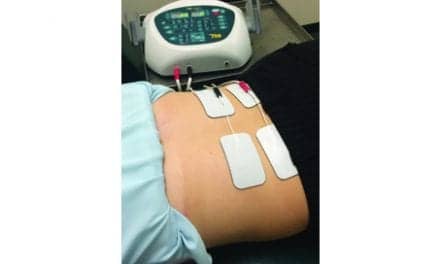Proponents of barefoot running contend that it enhances performance and lowers chances of injury. Critics maintain that shoes are needed to protect the feet.
New research and the popularity of five finger shoes—a minimalist shoe that fits the foot like a glove—has garnered barefoot running support from experts in the realm of physical medicine.
Robert S. Gotlin, DO, director of orthopaedic and sports rehabilitation in the Department of Orthopaedic Surgery at Beth Israel Medical Center, New York City, who is board certified in physical medicine and rehabilitation by the American Osteopathic Association, said that to understand the benefits and risks of barefoot running, you need to look at the biomechanics behind it.
"The most important thing to understand is that shoe runners typically land on the heel and barefoot runners typically land on the front of the foot, which changes the impact force on the foot and the lower extremities." Gotlin said in a statement. "As such, when you land on your forefoot, the force upon the body is reduced significantly."
Gotlin said barefoot running can also strengthen the plantar fascia muscles—which run along the sole of the foot. As the front of the foot makes contact with the ground, the muscles under foot contract to let the heel down to the ground, he noted. During running, this repetitive motion builds up these muscles.
One drawback, however, is that landing on the front of the foot leaves runners more susceptible to inflammation of the Achilles tendon, known as Achilles tendonitis. When landing on the forefoot, the Achilles tendon has to lengthen while under weight, whereas in heel-first landings the tendon is already fully stretched when the foot makes contact with the ground.
Gotlin said some additional benefits of barefoot running include:
- Less impact to the legs and plantar fascia;
- Less chance of developing shin splints; and
- Better limb compliance, which can lead to better running performance.
He also highlighted some additional cons:
- Scrapes and bruises caused by environmental risks such as stones and other objects on the ground; and
- No padding underfoot, which can reduce comfort for some runners.
[Source: [removed]American Osteopathic Association[/removed]]




